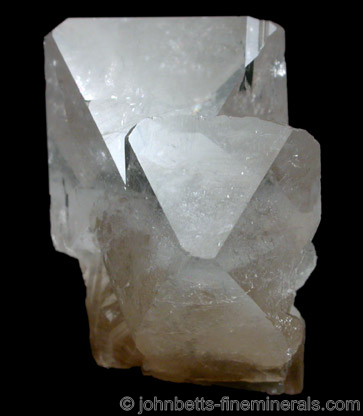The Mineral barite

Barite is well-known for its great range of colors and varied crystal habits. It is easily identifiable by its heavy weight, since most similar minerals are much lighter.
Controversy exists regarding the spelling of Barite. This mineral has always been spelled "Barite" in the United States. In the United Kingdom, the spelling has traditionally been "Baryte." The
IMA originally referenced this mineral as "Barite," but then changed its spelling to "Baryte" many years later. This has been a very controversial move, with many questioning the IMA's logic behind this change. Most American mineral collectors and
mineralogists still prefer the spelling Barite, and we reflect that spelling here in this guide as well.
Barite specimens from certain locations are brown from sand
inclusions, and may occur in beautiful
rosette aggregates that strikingly resemble a flower.
These are known as Barite "Desert Roses." The mineral
Gypsum also contains similar Desert Roses, but Gypsum roses are much light in weight, and are more brittle and thin.
Barite often
replaces other minerals, and may even replace
organic materials such as wood, shells, and
fossils. It sometimes forms
tufacious mounds from deposition of hot, barium-rich springs. It is
isomorphous and very similar in form with the mineral
Celestine, and may partially
replace it.
The name Barite is derived from the Greek word barys, which means heavy, alluding to the heft of this mineral.
Color
Colorless, white, yellow, orange, red, pink, purple, brown, blue, green, gray, and black. May also be multicolored and banded.
Crystal System
Orthorhombic
Properties
Streak
White |
Hardness
3 - 3.5 |
Transparency
Transparent to opaque |
Specific Gravity
4.3 - 4.6 |
Luster
Vitreous to pearly |
Cleavage
1,1 - basal ; 2,1 - prismatic ; 3,1 - pinacoidal |
Fracture
Uneven |
Tenacity
Brittle |
Other ID Marks
Commonly fluorescent in a variety of colors; sometimes also phosphorescent. |
Crystal Habits
Crystals are tabular, prismatic, and as grainy, platy, and coxcomb aggregates. Individual crystals are often twinned, and can be quite large. May also be bladed, massive, nodular, fibrous, stalactitic, and as perfect rosettes. Crystals occasionally contain phantom growths.
Uses
Barite is the main ore of the element barium. It is also important in the manufacture of paper and rubber. Barite is also used in radiology for x-rays of the digestive system. When crushed, it is added to mud to form barium mud, which is poured into oil wells during drilling.
A rich, white pigment was once made from crushed Barite.
Barite is also a very popular and common mineral among collectors.
Noteworthy Localities
Barite is a very common mineral, and is found in thousands of localities throughout the world. Only a few of the most significant occurrences are mentioned here. Excellent European Barite has come from Frizington, Cumbria, England; Les Malines, Gard, France; Villamassargia, Sardinia, Italy (orange-yellow Barite), and Kapnick and Baia Sprie in Mamarues Co., Romania. Some well-known worldwide localities include Jinkouhe, Ebian, Sichuan Province, China; Khenifra, Mibladen, Morocco; Sidi Lahcen mine, Nador, Morocco (blue); and Huarihuyn, Huanuco, Peru.
In the U.S., deep honey-colored tall Barite crystals come from Elk Creek, Meade County, South Dakota. It is found with Fluorite in Cave In Rock, Hardin Co., Illinois; and large white ball-shaped aggregates come from the Elmwood Mine, Smith Co., Tennessee. Bright yellow Barite clusters come from the Meikle Mine, Elko Co., Nevada. Colorado has some of the finest localities for Barite, including Stoneham, Weld Co. (prismatic blue); the Sherman Mine; Leadville District, Lake Co. (tabular yellow); Muddy Creek, Rio Grande Co. (tabular blue-gray); and the Book Cliffs, Grand Junction, Mesa Co. (colorless and water clear.)
Other well-known U.S. Barite localities are Palos Verdes Hills, Los Angeles Co., California; the Magma Mine, Pinal Co., Arizona; and the Linwood Quarry, Buffalo, Scott Co., Iowa. Perfect Barite "Desert Roses" have come from the area of Norman, Cleveland Co., Oklahoma. In Canada, a famous mine is the Rock Candy mine, near Grand Forks, British Columbia, which produced bright yellow tabular crystals.
Distingushing Similar Minerals
Celestine - Very difficult to distinguish by appearance alone, although lighter in weight.
Calcite - Has perfect rhombohedral cleavage, lighter in weight , and effervesces in hydrochloric acid.
Fluorite - Forms isometric crystals, lighter in weight.
Feldspars - Much harder, lighter in weight.
Anglesite - Has an adamantine luster.